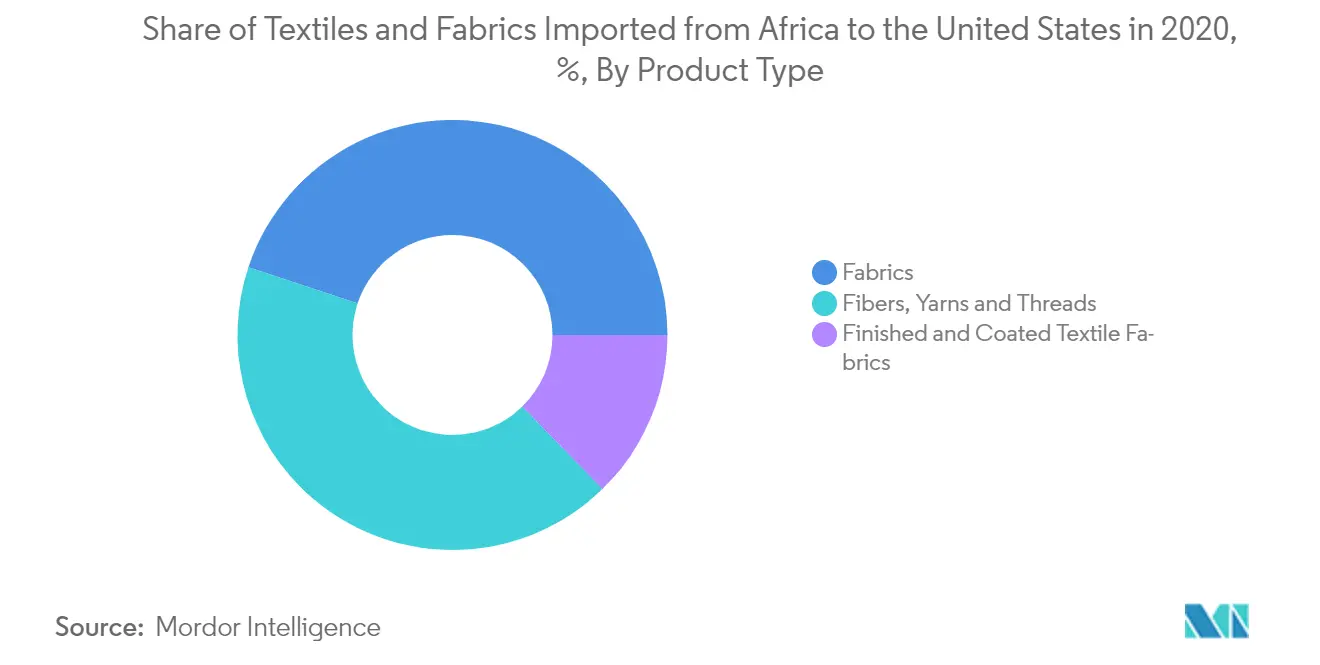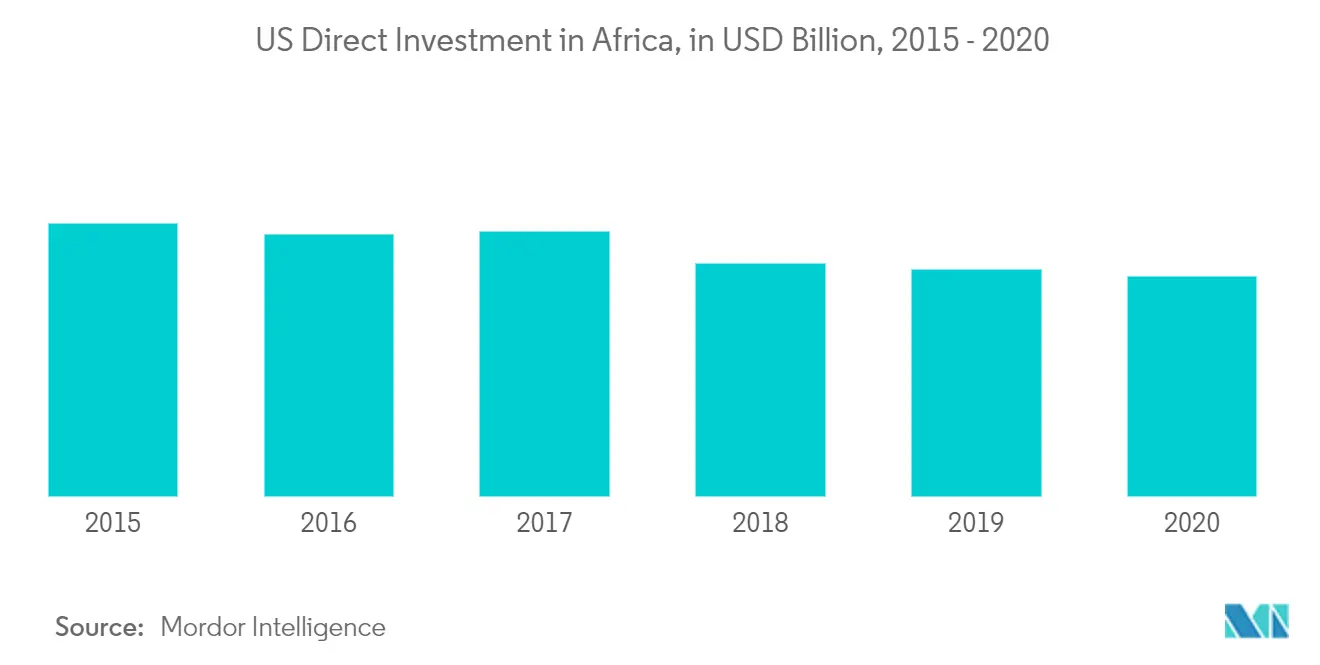Market Trends of Africa Textile Industry
This section covers the major market trends shaping the Africa Textile Market according to our research experts:
Impact of AGOA on the African Textile Industry
To boost the economic power of the African continent, the U.S. congress signed the African Growth and Opportunity Act (AGOA) through the US Trade and Development Act of 2000 into law on May 18 2000, and since its enactment, continuous tangible results and tremendous success have been achieved till the present by the eligible members such as Kenya, Malawi, Lesotho, Equatorial Guinea, Gabon, Zimbabwe and Gambia among others.
Through AGOA, US opened up its market for African products, textiles taking the lion's share where it offers sub-Saharan exporters of apparel to the U.S. market a duty-free access which is a great leverage over non-eligible members such as Asian countries thus, reducing cost of production which gives the U.S market a better option for African textile products such as infants wear, grey fabrics, spun cotton yarn, wool, ginned cotton etc. These products have the most potential for competitive production in Sub-Saharan African countries either for direct export, or for use in downstream production of apparel for export to the United States than other continental market like Asia, and Europe among others.
Textile producers and exporters across Africa rely majorly on the impact of new trade rules that took effect in January 2005. The rules, negotiated at the World Trade Organization (WTO), opened up to market forces a sector that had been protected for more than 30 years by ending a quota system in industrial nations which resulted in a ready market for textiles and apparel from African and other developing countries.
Also, the demand for African textiles and garments is increasing globally, and African patterns are gaining recognition as truly fashionable and iconic pieces. International fashion houses are integrating more and more African influences in their latest collections.

Rising Investment in Ethiopia
Major Chinese textile companies are stepping up sourcing and investment plans in Ethiopia following a visit to the African country by a delegation of industry representatives organized by the International Trade Centre.
Over the last twenty years, China has become an increasingly important source of financing in African economies, including in Ethiopia's young but fast-growing manufacturing sector.
In 2018, China Chamber of Commerce for Textiles (CCCT) have sourcing agreements and explored investment partnerships with Ethiopia-based partners of local textile companies and leaders of Ethiopian Textile and Garment Industry Association as well as with high-level government officials.
The Chinese delegates were impressed by Ethiopia's progress on improving infrastructure, including roads, trains, and electricity, though they suggested that further enhancing labour productivity and lowering logistics costs would make the country an even more attractive destination for investment.
The current trade tensions between the United States and Beijing were cited as an additional incentive for Chinese firms to invest in Ethiopia, with increasing difficulties associated with exporting from China.


